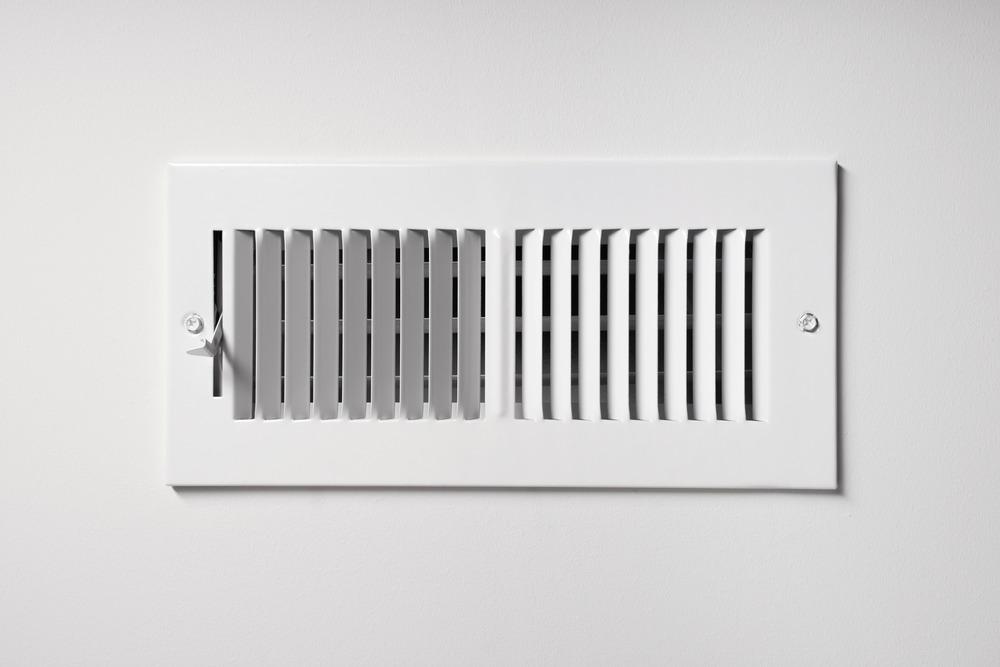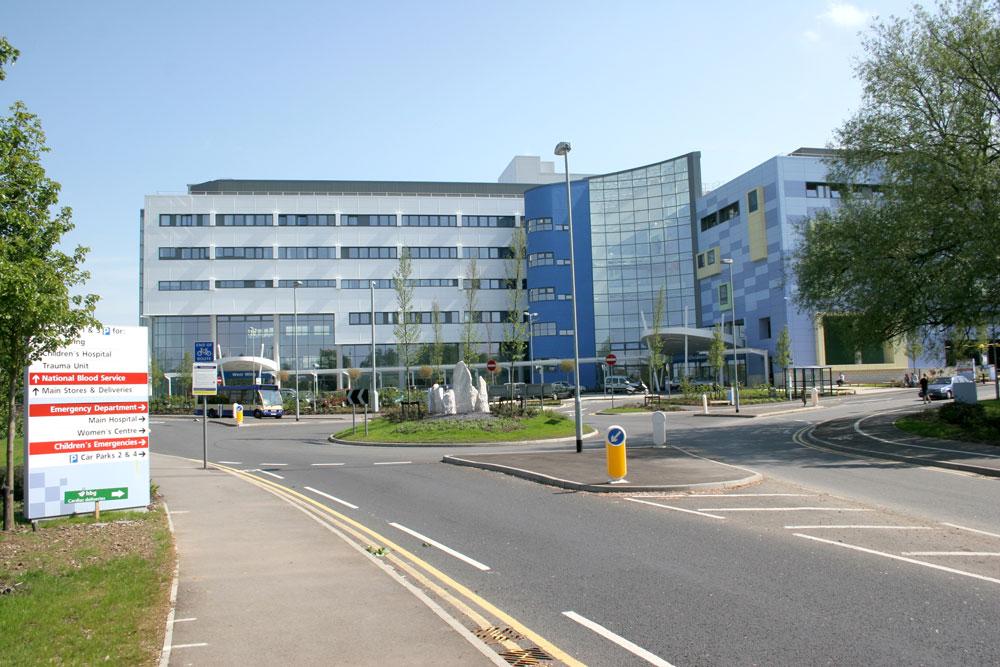The TR19 ventilation specification from the Building Engineering Services Association offers practical guidance on testing and cleaning of air distribution and kitchen extract ventilation systems to meet the required standards.
The TR 19® Guide to Good Practice - Internal Cleanliness of Ventilation Systems was last updated in 2019 and incorporates reference to UK and European Standards for cleanliness of air duct systems. It also sets out best practice for ensuring that kitchen extract ductwork is maintained to minimise the risk of fire associated with grease accumulation.
A previous iteration TR/17 was published in 1998 and was intended to give guidance on best practice and also establish standards for testing, cleaning and verification of the internal cleanliness of ventilation systems.
As best practice improved, the guide was updated over the years and other regulations were also incorporated.
In 2005, the guide was republished to include further improvements to best practice and to incorporate the former publication, DWTM2 – Internal Cleanliness of New Ductwork Installations. To differentiate from the previous iteration, the guidelines were rebranded TR/19.
The second edition of TR/19 incorporated reference to the new British and European Standard BS EN 15780 Cleanliness of Ventilation Systems introduced in 2011. As mentioned above, it also includes best practice for ensuring that kitchen extract ductwork is maintained to minimise the risk of fire associated with grease accumulation, which is not covered by BS EN 15780.
The third and most recent version, published in 2019, withdrew section 7 and superseded it with TR19 Grease, which was a new stand-alone specification for Fire Risk Management of Grease Accumulation within Kitchen Extraction Systems.
The importance of good ventilation
There are many reasons that good ventilation is important in hospitals.
Adequate ventilation helps to control the spread of airborne bacteria and viruses, by diluting and removing infectious particles from the air. This reduces the risk of spreading illness between patients and healthcare workers.
It also ensures that patients receive a supply of fresh air, which is needed for maintaining a healthy indoor environment. It reduces the concentration of airborne pollutants, allergens, and other contaminants, like dust or cleaning materials that could harm a patient’s respiratory health – especially those with underlying respiratory conditions or compromised immune systems.
As well as protecting patients, good ventilation also protects staff, by protecting them from illness and ensuring they are able to continuing working.
Due to the nature of the building, hospitals often have undesirable smells floating around. Proper ventilation helps to remove unpleasant odours and create a more comfortable and hygienic environment for those inside.
Following on from this, well-ventilated spaces improve the comfort and wellbeing of those inside the building, be that patients, staff or visitors. Good indoor air quality can improve mood, concentration and health outcomes.
Maintenance and compliance
Properly maintaining ventilation systems extends their service life. Ventilation systems that are not properly maintained present a serious fire risk.
Of course compliance has a role to play and that is why we are talking about the TR/19 regulations. Compliance is important for the health and safety of occupants, but also to avoid legal liabilities and penalties.
In April last year, dozens of people had to be rescued after a fire broke out in a restaurant. It is believed the fire was started when grease in the air vent system ignited.
The foreword to the TR/19 guide to good practice from BESA states: “As air is invisible, there is a tendency to take the quality of the air we breathe for granted.
"Moreover, given that the average person has an air intake of about 3.4 litre of air every minute, the dangers of an inadequate or polluted air supply are obvious. This, coupled with the risk of fire from build up of grease deposits in the kitchen extract systems, and the expectations of building occupiers and legislators, has resulted in an ever more stringent level of ventilation system cleanliness being required.”
Compliance with TR19 involves ensuring adequate access is provided to ductwork, inspection mechanisms, cleaning processes and that post-cleaning verification methods are met.
The guidelines explain that the ventilation system should have enough access panels, which are also of sufficient size to enable regular inspection and cleaning. The ductwork must be inspected regularly to establish whether it needs cleaning.
TR19 sets out a range of cleaning methods including hand scraping, chemicals, high pressure water wash, steam cleaning and rotary brush. However it is noted that not all methods are appropriate in each case.
After cleaning, engineers should carry out a visual inspection of the ductwork and produce a Post Cleaning Verification Report.
The Ventilation Hygiene Elite Scheme (VHE) allows businesses to self-certify their specialist hygiene works to the required industry TR19® Specification.
BESA offers certified ventilation hygiene courses enabling people to enter the industry or upskill. The courses are designed to meet the cleaning requirements of TR19 Grease.
Vent Hygiene Register
The Vent Hygiene Register aims to set the highest standards for the industry and develop a regulated framework to ensure quality and safety for all.
The register has a mission to ensure safety, equity and regulation in the vent hygiene industry by lobbying relevant organisations and ensure accessibility of the register to all, creating a level playing field for contractors.
It also aims to promote safer systems and protection of people and property by informing and driving compliance and standards and work with the insurance industry to specify VHR to reduce liability and risk.





